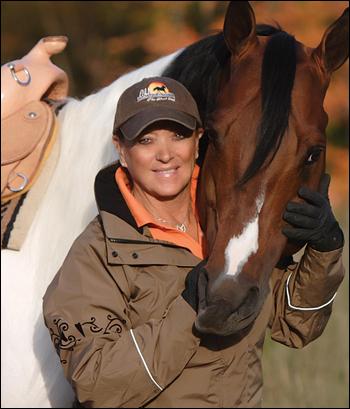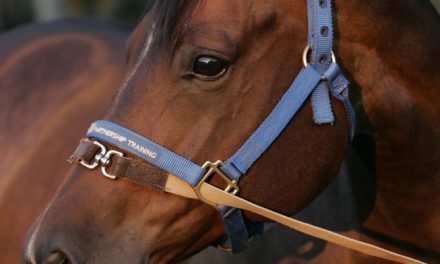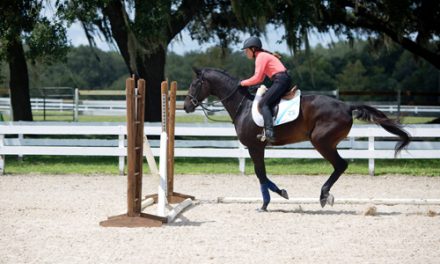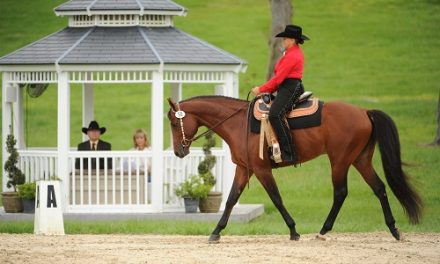Building A Partnership With Your Horse
 In the last article, I discussed ways to handle the horse who always wants to be “the leader of the pack” Another common trail training problem is presented by the horse who wants to run up from behind to catch up to the horse(s) in front of him. This is an unsettling problem for riders of any level, and I have experienced it myself. It is important to learn how to avoid this problem and understand what to do if it happens.
In the last article, I discussed ways to handle the horse who always wants to be “the leader of the pack” Another common trail training problem is presented by the horse who wants to run up from behind to catch up to the horse(s) in front of him. This is an unsettling problem for riders of any level, and I have experienced it myself. It is important to learn how to avoid this problem and understand what to do if it happens.
First, you should never ride alone on a trail ride! The “buddy system” provides extra safety for the rider and satisfies the horse’s natural herd instinct. If you are on the trail with one or more horses, your horse’s herd instinct will become evident if he loses sight of the horse in front of him. This can happen when the horse in front of him turns a corner, rounds a bend, or goes down a hill. A horse may just go “nuts” when he cannot see a buddy up ahead. He may get extremely insecure as his herd mentality takes over. He will want to hurry and run to catch up to the other horse(s) in front. He may get nervous and throw his head, buck, or even rear in frustration if he cannot see his trail mates or is held back from rejoining them.
Avoiding this problem depends on your level of riding and the level of your horse’s training. When riding with others, the first step in preventing this situation is to discuss the importance of keeping the riding group together. No matter how many in your group, everyone needs to be conscientious about not getting too far from the rider in front of and behind him/her. You can prevent problems from arising before the group goes out on the trail by deciding on a certain word or phrase that will be used if there is a spacing issue.
If you experience this problem and it feels like your horse is getting out of control—get off of him and on the ground. He will be easier to control from the ground. If the riders in front of you want to go on or are too far in front to realize there is a problem, let them keep going. Give your horse time to chill out and stop fretting. Wait for the other horses that are behind you to catch up or for those in front to come back for you. When they join up with you, your horse should relax. Let him take a few minute with these horses before you remount and continue on the ride.
Retraining Your Horse Not to Run Up From Behind
Here are two tips to help retrain a horse that wants to run to catch up to the horse(s) in front:
1. Practice the Single File Trail Training technique I explained in the last article. Set up a trail ride training scenario where you and your horse are among several horse/rider combinations in single file formation. Start with your horse in the lead position for a short time of about two to three minutes. Shift his position in the line so that he is the second horse. Stay in that position for a short time, and then move him back to the lead. Continue leading for another short interval, and then shift him to be the third in line. Hold him there, and then take him back up to the second position. Next, rotate him into fourth position for another short segment, and then back to third, and so on. Keep switching places so the horse learns to concentrate on you and the environment and not the other horses.
2. In a big field, practice doing large figures with a group. Start with one other horse and rider combination, and then add two, three and four more pairs. Ride figures in groups of two, three, and four, and then separately. Mix up the combination of pairs, and then go back to working alone. As long as the horse has the other horses in his sight, he will not experience separation anxiety. The more you work him with a group and then away from the group but still within sight of it, the more he will develop his own individuality and independence.
In the next article, I will discuss how to deal with a “spooky” horse. In the meantime, my E-Book, Training Outside the Box, is available online at www.lynnpalm.com along with other valuable training products. You also may contact us at 800-503-2824





